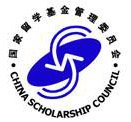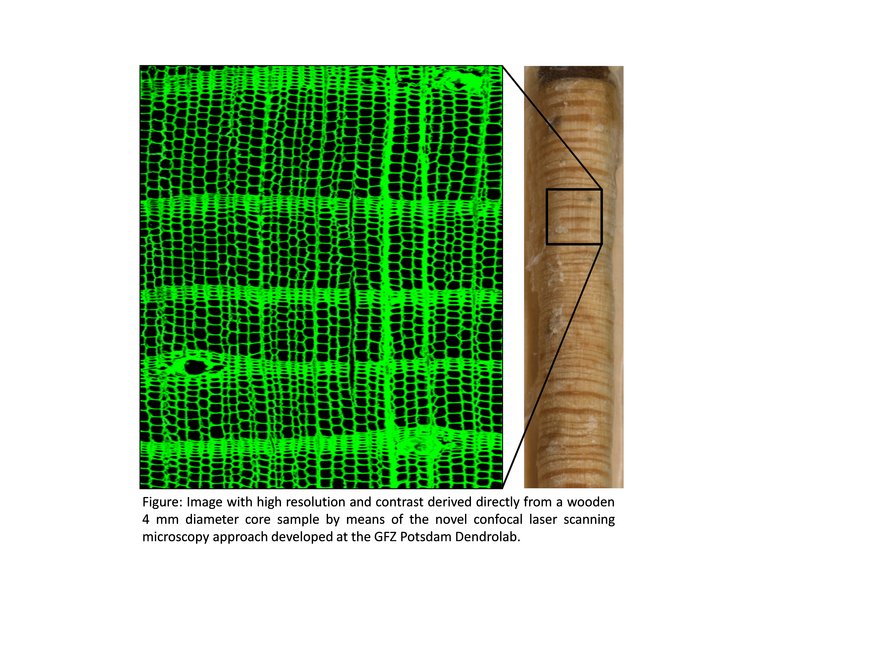Project Cell Structures

CLSM in quantitative wood anatomy: a novel advance
Confocal laser scanning microscopy for developing long chronologies of wood cell structure measurements
The study of wood anatomical characteristics measured in tree rings has proven to be useful paleoclimatology. Intra-annual features have the potential to provide additional climatic information.
While most quantitative wood anatomical studies have been conducted on angiosperm wood with large pores, comparable studies on conifer wood are far less common. These studies have highlighted a close relationship between cell structure variables and seasonal climatic conditions. Hence the main reason for the scarcity of such studies seems not to be the lack of environmental signals in series of cell structure measurements but the difficulty of developing long series of conifer cell structure measurements with standard methods of quantitative wood anatomical research. Measurements are usually made on thin-section slides prepared arduously in order to be used for light microscopy. In contrast, if the cells are large enough, for instance when analysing earlywood vessels of ring-porous species, digital images of relatively small magnifications can be taken directly from the wood surface by means of a flatbed scanner or a digital camera mounted on a macroscope, thereby allowing efficient structural analyses. Hence it would be most desirable, if quantitative wood anatomy could be conducted on increment cores of conifers as well.
Therefore, in summer 2010, the project “CLSM in quantitative wood anatomy: a novel advance”, funded by the China Scholarship Council and the German Helmholtz Association, was initiated at the GFZ to develop a novel application of confocal laser scanning microscopy for capturing images directly from conifer wood blocks for producing long chronologies more accurately, with less effort and more time-efficient than before.



